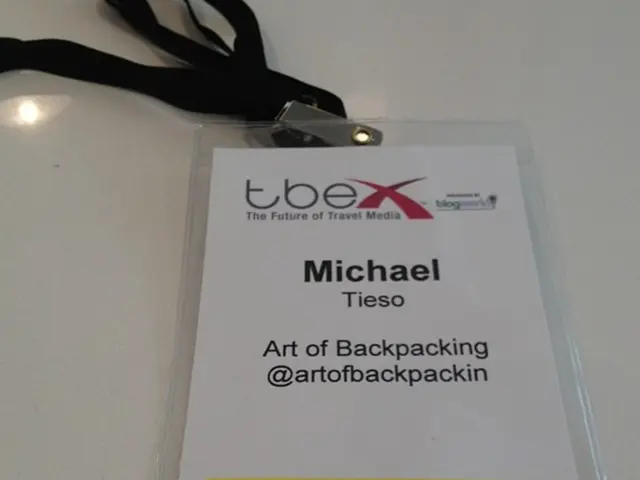Streamlining tomorrow: Resolving compatibility issues in digital asset securitization
In the realm of asset management, the integration and interoperability of blockchain technology presents a complex challenge. The industry, with its diverse range of investors, asset types, intermediaries, funds, global trading venues, currencies, and regulatory considerations, requires a thoughtful and strategic approach.
Adam Belding, the Chief Architect at Calastone, is at the forefront of this endeavour. He emphasises the importance of focusing on specific use cases to navigate the complexities effectively. This approach is instrumental in building an interoperable asset tokenization ecosystem.
Practical solutions for blockchain interoperability in asset management involve the use of multi-chain smart contracts, cross-chain bridges, oracle platforms, and hybrid blockchain networks. These solutions enable secure data sharing, token transfers, and transaction automation across distinct blockchain protocols while respecting regulatory and performance requirements.
One such solution is the implementation of hybrid and multi-chain smart contracts. WisdomTree’s Project Guardian, for instance, uses JPM’s Onyx Digital Assets chain interoperating with Ethereum-based (EVM) and non-EVM blockchains. This hybrid infrastructure, like Avalanche Evergreen Subnets with customizable permissioning and gas fees, helps manage multiple assets efficiently.
Cross-chain interoperability protocols, such as Polkadot and Cosmos, provide standardized communication channels, allowing different blockchains to exchange data and assets seamlessly. These protocols address fragmentation from differing consensus methods and blockchain-specific optimizations, raising liquidity and user experience by enabling token mobility and decentralized finance participation.
Oracle platforms like Chainlink integrate data, interoperability, compliance, and privacy features to enable sophisticated onchain transactions and asset lifecycle management. Chainlink’s Digital Transfer Agent (DTA) and Delivery vs Payment (DvP) systems exemplify how tokenized funds can maintain registries on one chain while processing transactions on others, even connecting with existing traditional payment rails like SWIFT used by thousands of institutions globally.
Multi-chain distribution strategies, using public blockchains combined with cross-chain communication layers, also play a crucial role. LayerZero, for example, allows tokenized real-world assets to be issued and settled across multiple networks, increasing liquidity through broader ecosystem engagement and interoperability with centralized exchanges and DeFi protocols.
Layer 2 scaling and AI tools further optimize cross-chain operations by routing transactions efficiently, predicting congestion, and selecting cost-effective pathways.
Given the specific idiosyncrasies of assets in asset management — such as regulatory compliance, asset custody, transfer restrictions, and varying liquidity profiles — these practical interoperability solutions incorporate permissioning and customizable blockchains/subnets for private or restricted-regulated assets alongside public chains for liquidity. They also include data oracle integration to ensure compliance data and pricing (NAV) are synchronized and verified onchain, automated smart contract workflows for portfolio rebalancing and lifecycle events across multiple tokenized asset classes, and compatibility with legacy systems and payment infrastructures to bridge onchain tokenized assets with offchain fiat and custodial processes.
In conclusion, practical interoperability in asset management is achieved by combining multi-chain hybrid architectures, standardized cross-chain protocols, oracle-enhanced compliance and data integration, and AI optimized transaction routing to accommodate the heterogeneous assets and complex operational requirements in the industry. The Calastone Digital Investment DLT network, designed with interoperability at its core, is a significant step towards a more interconnected and efficient future in asset management.
Read also:
- EPA Administrator Zeldin travels to Iowa, reveals fresh EPA DEF guidelines, attends State Fair, commemorates One Big Beautiful Bill
- Musk announces intention to sue Apple for overlooking X and Grok in the top app listings
- Cybertruck's Disappointing Setback, Musk's New Policy, Mega-Pack Triumphs, Model Y's Anticipated Upgrade Prior to Refresh (Week of January 25 for Tesla)
- Innovative Company ILiAD Technologies Introduces ILiAD+: Boosting Direct Lithium Extraction Technology's Efficiency Substantially







